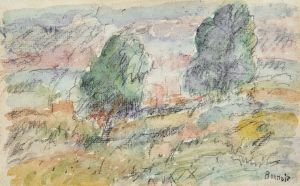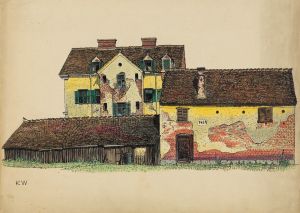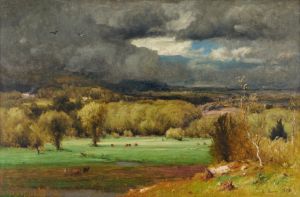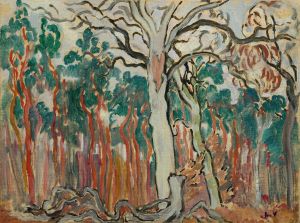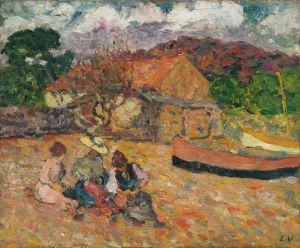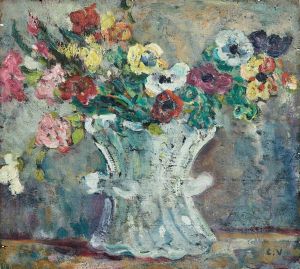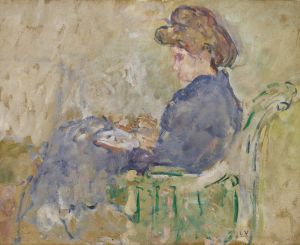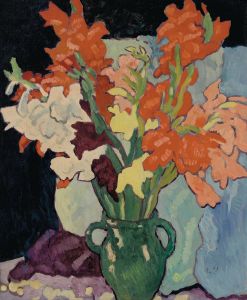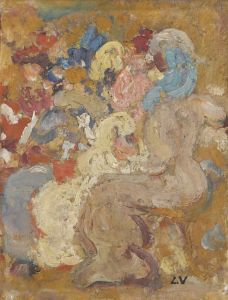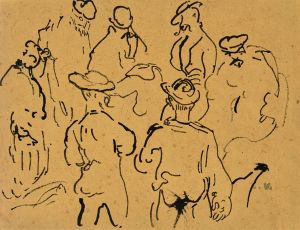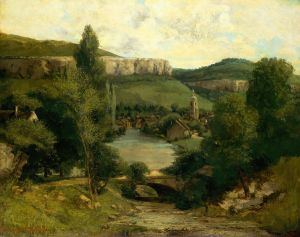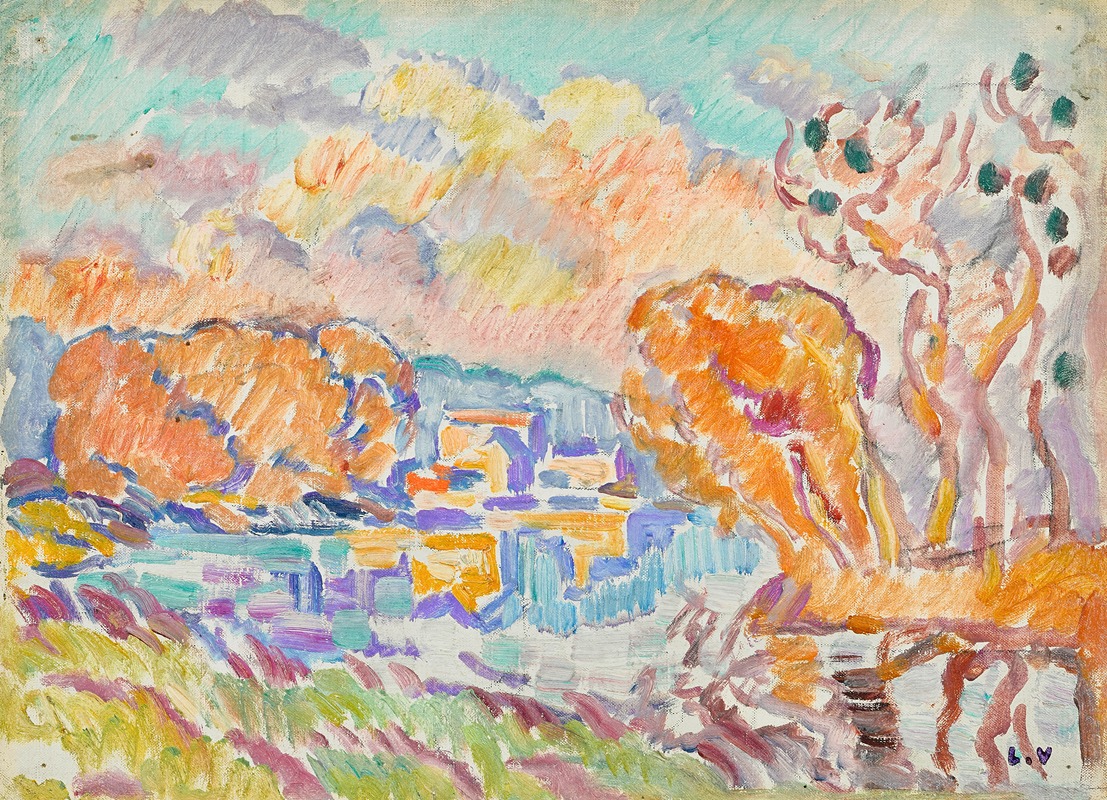
La Sologne
A hand-painted replica of Louis Valtat’s masterpiece La Sologne, meticulously crafted by professional artists to capture the true essence of the original. Each piece is created with museum-quality canvas and rare mineral pigments, carefully painted by experienced artists with delicate brushstrokes and rich, layered colors to perfectly recreate the texture of the original artwork. Unlike machine-printed reproductions, this hand-painted version brings the painting to life, infused with the artist’s emotions and skill in every stroke. Whether for personal collection or home decoration, it instantly elevates the artistic atmosphere of any space.
Louis Valtat (1869–1952) was a French painter associated with the Fauvist movement, known for his vibrant use of color and bold brushwork. However, specific information about a painting titled "La Sologne" by Louis Valtat is not readily available in existing art historical records or major art collections. Valtat's oeuvre primarily includes landscapes, still lifes, and scenes of everyday life, characterized by his distinctive style that bridges Impressionism and Fauvism.
Valtat was born in Dieppe, France, and studied at the École des Beaux-Arts in Paris, where he was influenced by the Impressionists and Post-Impressionists. He exhibited his works alongside artists like Pierre-Auguste Renoir and Paul Signac, and he was part of the avant-garde circles in Paris at the turn of the 20th century. His work is noted for its exploration of color and light, often depicting the natural world with a sense of immediacy and vibrancy.
The region of Sologne, located in central France, is known for its natural beauty, featuring forests, lakes, and a rich diversity of wildlife. It has been a source of inspiration for many artists and writers. If Valtat did create a work titled "La Sologne," it would likely reflect his interest in capturing the essence of a landscape through his Fauvist lens, emphasizing color and form over realistic representation.
Valtat's contribution to the art world is significant, as he played a role in the transition from Impressionism to the more expressive and abstract tendencies of Fauvism. His works are held in various public and private collections, and he is recognized for his ability to convey emotion and atmosphere through his innovative use of color.
Without specific details or documentation about "La Sologne," it is challenging to provide a detailed analysis or description of the painting. Art historians and enthusiasts continue to study Valtat's work to gain a deeper understanding of his artistic legacy and the context in which he created his art.
For those interested in exploring Valtat's work, it is recommended to visit museums that feature Fauvist collections or to consult art historical texts that discuss his contributions to early 20th-century art. His paintings offer a glimpse into the dynamic and evolving art scene of his time, reflecting both personal expression and broader artistic movements.





